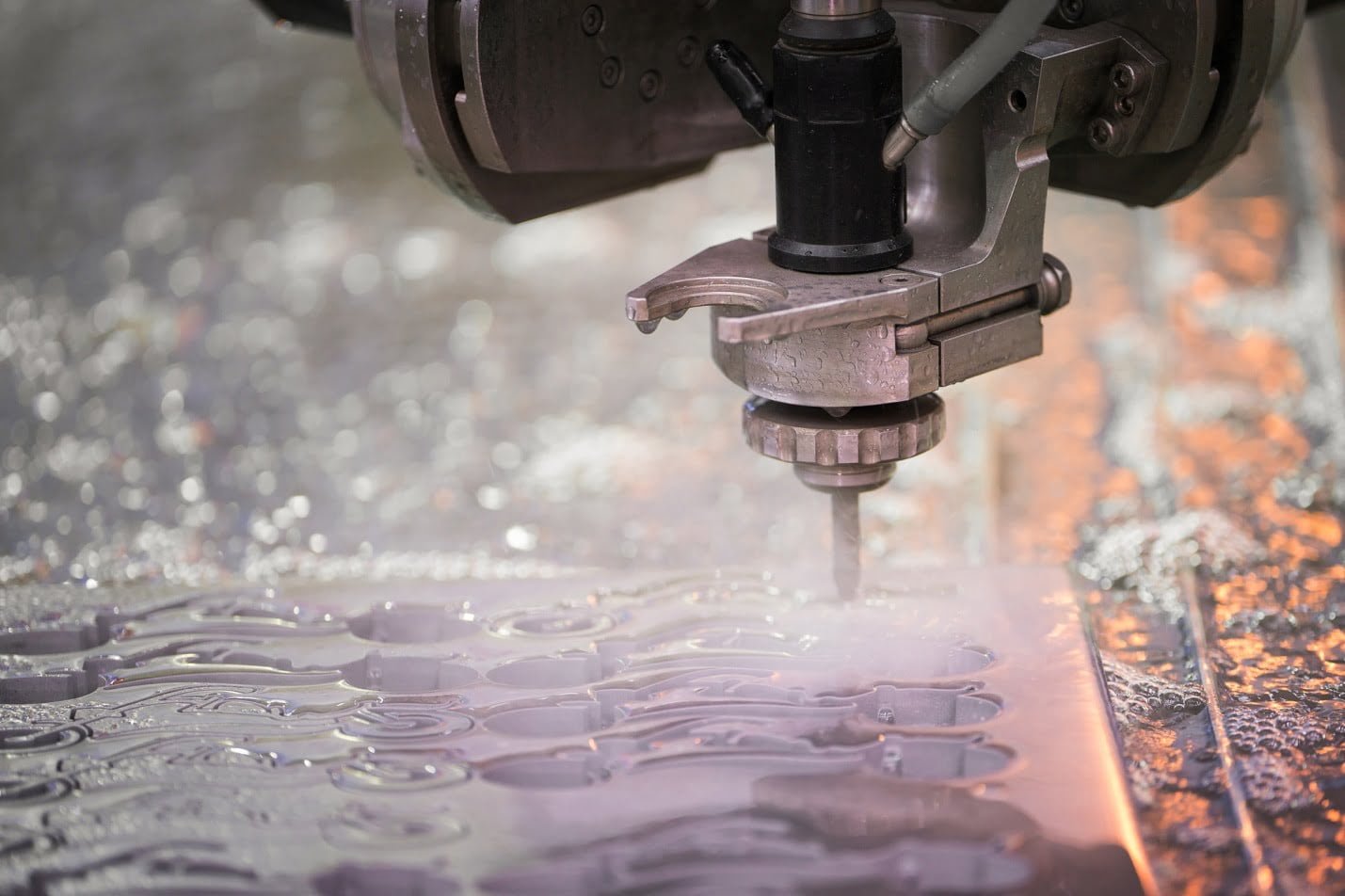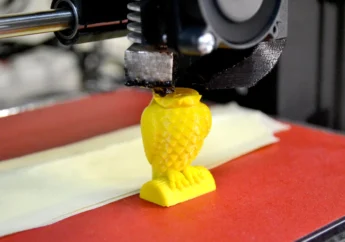Laser Vs. Water Jet: Which One Is Better?
by Abdul Aziz Mondal Technology Published on: 16 May 2018 Last Updated on: 09 November 2024

When it’s all about digital jet cutting techniques, there are a lot of good options. All of your potential choices can take your 2D file to create your object. These methods are ideal for parts production or rapid prototyping.
Of all your options, the two best ones are waterjet cutting and laser cutting. How do the two methods measure up against each other? Here’s how they compare and which ones would fit your job best in terms of laser vs. water jet.
Laser Cutting: How Does It Work?
Laser cutting is a type of technique of manufacturing subtractive that uses a laser or engage or cut objects. Guiding mirrors show the laser beam were to go and relies on gas for energy. Most laser cutting services use CO2 laser cutting technology in their companies.
Extra metal is removed from the object using additional gas jets. When the laser cutter for metal, the heat burn created cuts the material sheet incredibly beautiful.
Water Jet Cutting: How Does It Work?
Water jet cutting is another of the techniques of manufacturing subtractive. But instead of relying on a laser, a small water jet machine that used water pressure to focuses in on a very tiny point to cut metal. The pressure is usually as high as 60000 pounds per square inch.
The water can be a mix of abrasive like garnet. This fact increases the potential for better cutting.
What Do Laser & Water Cutting Do Best?
A solid laser cutter for metal can cut material as well as efficiently engrave. A water pressure cutter only allows for necessary cutting. Laser engraving is ideal if you want to add serial numbers, simple aesthetic designs, assembly marks.
A small waterjet machine allows for 3D material cutting( though it’s not ideal for this purpose), while laser cutting does not. As for material combination, both can struggle at times.
In terms of laser cutting, if the materials to different melting points, they’ll be problems. As for waterjet cutting, there is the possibility of delamination.
Principally, both techniques are ideally used for 2D objects while the cutter for metal can also do engravings.
What Material Can The Cutting Techniques Cut?
Waterjet and laser cutting can both cut harder materials. Laser cutting can dice up a lot of different materials. Glass, wood, metals and all plastics to name a few though this doesn’t include highly reflective metals.
A laser cutter for metal is absolutely possible, and you can cut stainless steel, mild steel or aluminum as examples. A small waterjet machine can cut any of kind of materials.
Laser cutters can cut thick stuff, but waterjet cutters can cut thicker things as big as 0.4-2.0. (10-50 mm), while a laser cutter on the other can only cut 0.12- 0.4. (3-10mm).
What’s The Cutting Technique’s Precision?
Laser cutting is better in this regard to water cutting. The minimum size of the cutting slot is 0.006 (0.15 mm) for laser cutting and 0.02 (0.5mm) for waterjet cutting. What about processing tolerance? It averages out to 0.002 (0.05mm) for laser cutting and 0.008 (0.2mm) for water jet cutting.
Does The Cut Material Break?
When it comes to the integrity, each technique suffers from its problems. Both waterjet and laser cutting can damage the product a bit during the manufacturing process. Examples of this are burn marks on the material from laser cutting, often resulting in cut sides dark.
Though in most cases the burn marks can be taken off through cleaning. What about the darkening on the sides? You have to remember its part of the process when designing your object.
If you want to laser cut a part of in our MDF and plywood materials, you’d have to work with the contrast of the black sides and colored faces. On the other hand, cardboard materials and acrylic materials won’t be marked up in the slightest.
A small waterjet machine doesn’t need heat, but when it applies high pressure to the material.
Which can create problems that might end up deformed elements or a device that can’t cut at all?
What’s Annoying About Of Waterjet Cutting & Laser Cutting?
Laser cutting needs clean-up, waste and has low risk. Using a laser cutter for metal doesn’t require any eye protection, though better safe than sorry. Some materials do product toxic dust and smoke during its cut.
Setting up proper ventilation beforehand will help you avoid this problem. Noise pollution is also not a bid deal with laser cutting, and once the cutting is over and done with, dust is usually the only thing that needs cleaning. A recurring problem, however, is the thermal stress that happens in heat affected zones.
The speed can be adapted to avoid thermal stress. Waterjet cutting requires high clean up, high noise pollution, and more risks. The process of using a small waterjet machine is noisy and needs ear protection. Protection needs to be there as well in case of the backdraft of the pressured water jet.
Also, the cutting area can become a real mess. Lots of waste can cause the mixing of abrasives and water.
So Which Technique Is Better For Your Application?
That depends on what you’re trying to achieve. That said, hopefully, you now understand the chief differences between the jet cutting techniques of waterjet cutting and laser cutting. So you know which method will work best for you.
Here’s what we’ve covered. Laser cutting is best for specific jobs, works best with particular objects or when you need engravings. Waterjet cutting can cut through thicker sheets and has no materials it can’t cut through.
If you’re looking for more than to just put together a 2D design, a machine is a substantial investment. Don’t forget that waterjet cutting is noisy and messy. Plan before purchasing.
If it’s still a struggle to pick a method for your project, here are few ways to discover more about laser cutting and waterjet cutting.
For information on protecting yourself and the steps to creating a safe work environment, check out this article. We’d love to hear from you.



































































































